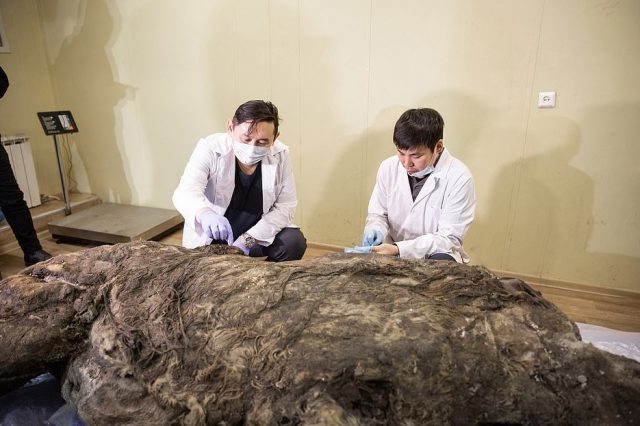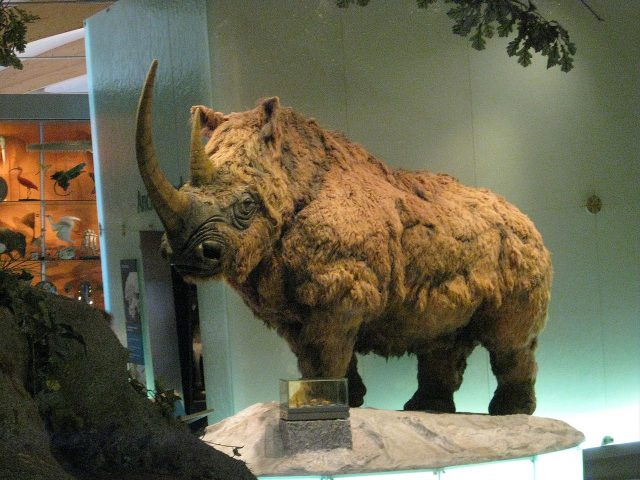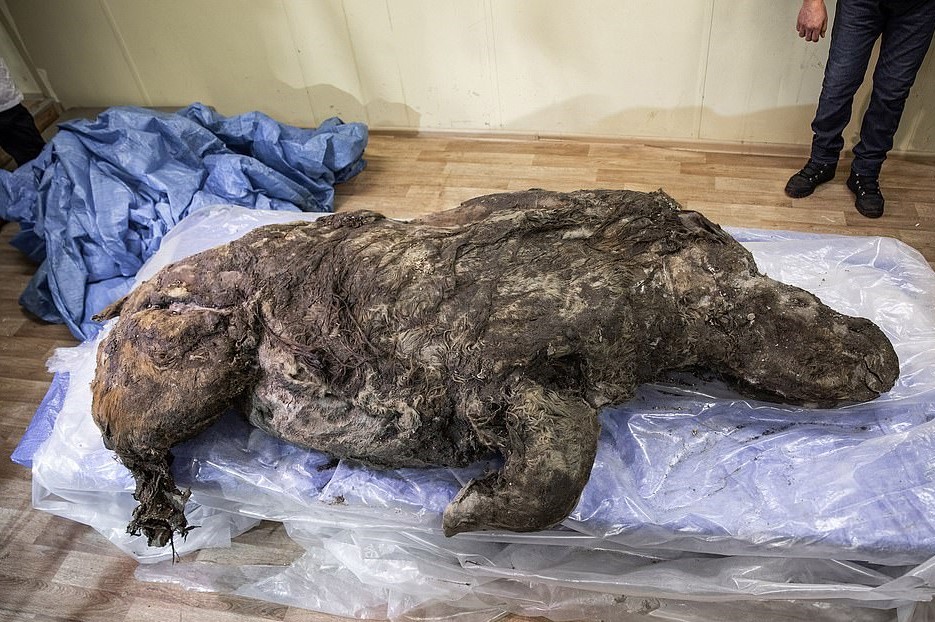The rhino is an animal most of us associate with the vast plains of Africa, an almost mythical beast, few in numbers but massive in size. Today, the African rhino is on the verge of extinction, a victim of poaching, habitat loss and other factors that occur when man and animal kingdom come too close together in shared spaces.
The animals, for better or worse, almost always lose when that kind of confrontation occurs.
But once, rhinoceroses were not just plentiful in Africa. Thousands of years ago they roamed across Europe, southern England and as far east as China and South Korea. They numbered in the hundreds, perhaps the thousands, back when mankind was still in the early stages of evolution, and the weather was conducive to this animal thriving and multiplying.
They even adapted to cold weather. And not just cold as most of us experience it – they adapted to the mind numbing, finger-freezing cold of eastern Russia.

The area called Arctic Yakutia is the coldest permafrost region anywhere on earth, a place that only the heartiest creatures – man or beast – can survive. One such creature was the woolly rhino, and an adolescent example of the species was found recently in an icy grave that has preserved it for perhaps as much as 35,000 years.
A local resident came upon the ancient animal and immediately called in experts. They dug it out of the ice, took it back to scientific headquarters in the capital city of Yakutsk, and began running tests on it once it was thawed.
What the ice preserved about this animal is remarkable – its teeth, fur and even its rhino horn are all almost all as they were thousands of years ago. Experts say that, in all likelihood, the beast became trapped in a river and drowned while it was being chased by a predator, perhaps a kind of lion that once roamed the region but also went extinct. Eighty percent of the rhino is virtually intact.
In certain respects, this animal is a truly rare and unique find. But in one respect, it is not entirely alone; the region has been home to several ancient burial ground of animals before, including another woolly rhino found in 2010. Scientists have named her Sasha, and unlike the recent discovery, she has strawberry blonde fur. The latest rhino, whose gender has yet to be identified by DNA tests, has hazel coloured fur.
And rhinos are not the only mammals found in the permafrost. In 2017, a frozen puppy, sort of a cross between a wolf and a canine, was found in the region of Siberia. It still had its fur and teeth. In 2018, a perfectly preserved wolf’s head was found in the Yakutia region, a specimen that experts believe is about 32,000 years old.
With all the advances in scientific testing and technology, there is a great deal experts can learn about these and other species because animals are so well preserved in the ice.

However, as changing weather patterns and warming temperatures cause ice to melt, scientists fear that fewer specimens will endure if the ice in which they lay begins melting.
Those changes are not wrought solely by man; climate evolves and changes of its own accord, as it is in a state of perpetual flux that would occur even if man were not living in these regions. For now, it’s lucky that they are, as every sample stumbled upon and brought in for tests presents another opportunity for learning about how animal species evolved, how they lived in certain areas, and what caused them to die out.
Another Article From Us: Ancient Warriors Buried with ‘Luxury’ Bedding
And learning about these ancient creatures help experts learn about current species, and therefore help them learn how to conserve, and protect, those that live among us today.
